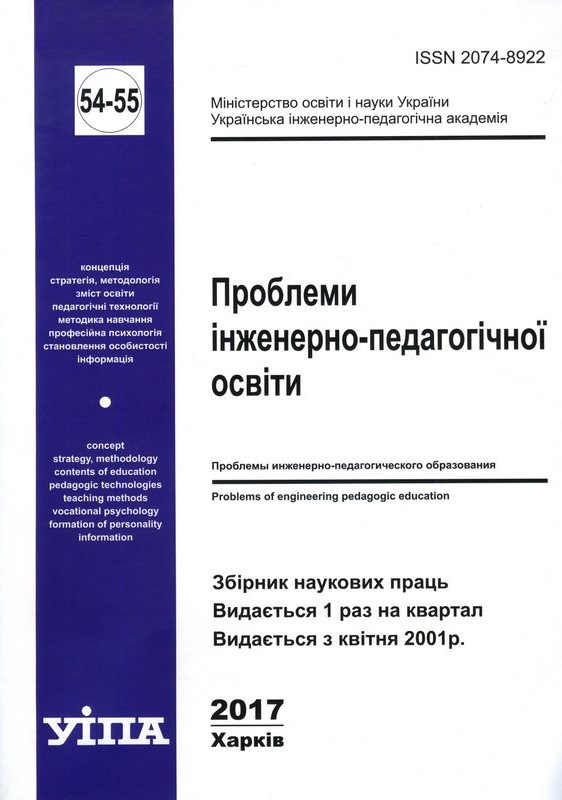Анотація
The introduction of information and computer technologies as well as blended learning technologies has promoted the emergence of a new type of content, which is named e-learning content. The main purpose of this kind of content is to attain educational goals. Despite the undoubted didactic value of diverse electronic content and its integration into the traditional teaching and learning process, there is a lack of a certain system of basic requirements that could be relied upon while creating electronic learning content, for example in blended learning environment. Most of the electronic content does not have common formats, is tied to specific systems for managing educational content and is built on its own software ideology.
As the research into various approaches to defining the term "electronic learning content" and its structuring indicates, it is used as the basis of the electronic learning environment (e-learning portal). The study has resulted in a suggestion to regard content as a part of a single learning management system where four levels can be distinguished in accordance with the degree of presentation of training materials on the electronic training portal. Pedagogically based design of electronic content at each level will allow the implementation of the following tasks within the blended learning system: informational and technological support for all the components of the educational process (theoretical training, practical classes, control of students' knowledge); insurance of interactive learning that can expand the range of types of independent work through active learning methods; enhancement of out-of-class learning experience, including laboratory work, organization of study groups, etc.


